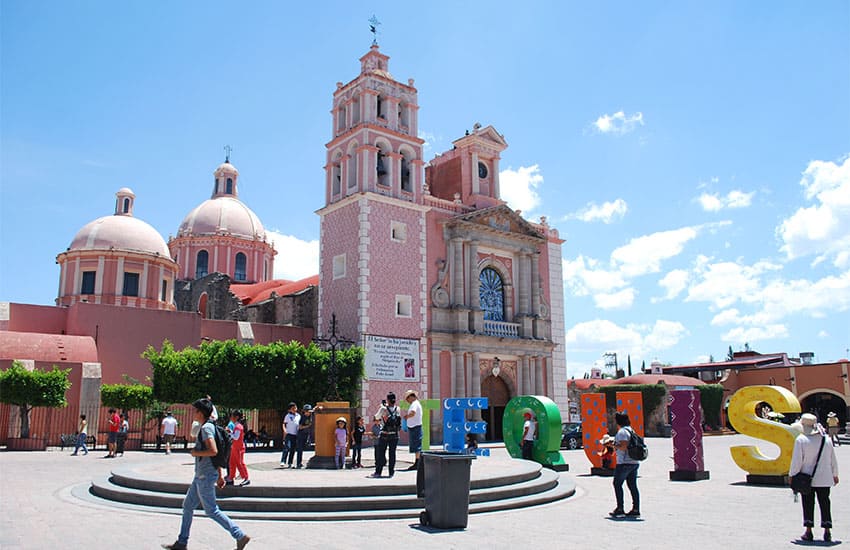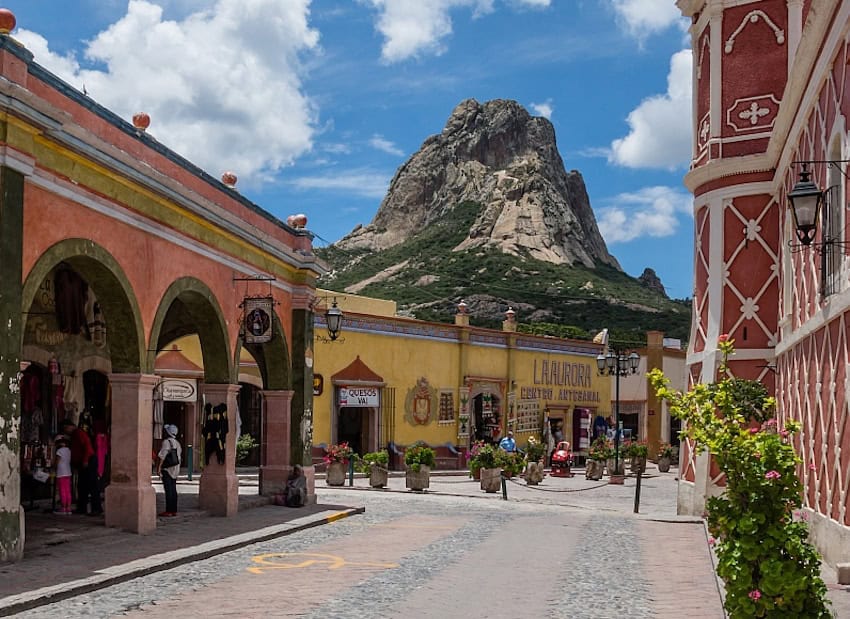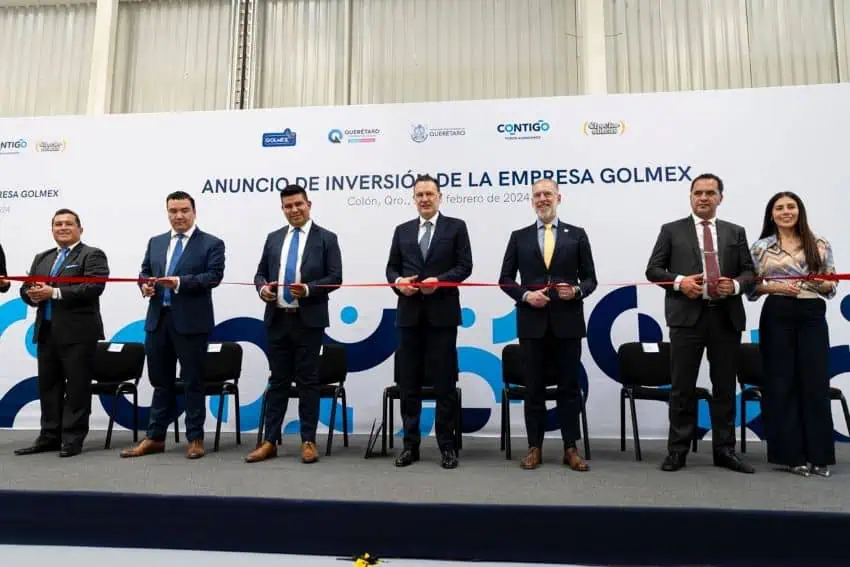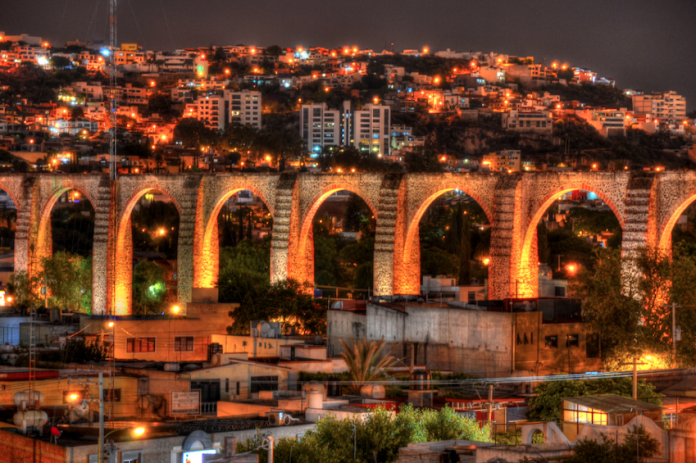Seated in the very heart of Mexico is the rapidly developing and economically powerful state of Querétaro. Last year, e-commerce giant Amazon announced that they would launch a new local zone here, their first in the whole of Mexico. This is a testament to Querétaro’s history, economic prowess and rapid development, something which has made its capital city highly important to the nation.
What is less known is that Querétaro is also a state with great cultural importance and an intrinsic part of the fascinating history of Mexico. The state offers an interesting blend of tradition and progress, making it a promising destination for young professionals and families alike.

Querétaro’s historical significance
The history of Querétaro is long and storied. Santiago de Querétaro, the state capital, has flourished since the pre-Hispanic era when it was inhabited by indigenous groups including Otomís, Chichimecas and Aztecs. It officially became a city in July of 1531 by decree from San Fernando de Tapia Conín, an indigenous conqueror of Otomí origin who converted to catholicism under the Conquista. If you drive to Querétaro via the Mexico-Querétaro highway you will see a 70-meter statue of him — a sight as familiar to Queretanos as the Statue of Liberty is to any New Yorker.
The state capital also played a role in the most important event in Mexico’s history. In the early 1800s, rebels conspiring to win independence used the city as a meeting point in a series of reunions that later became known as the Querétaro Conspiracy. This was where, in September of 1810, Miguel Hidalgo called for the start of the war that ultimately gave Mexico freedom from Spain eleven years later.
A century later, President Venustiano Carranza signed the 1917 Mexican Constitution in the city of Querétaro, the first constitution and the pillar on which today’s legal system stands. Evidence, celebration, and remembrance of its rich history can be found all over the city, but especially in its historic downtown, one of the most beautiful in the country. Its colonial architecture, colorful buildings, and cobblestone streets warrant a visit all on their own.
Pueblos Mágicos and Sierra Gorda

“Querétaro” means “place of large rocks,” which makes sense when considering the state is home to the Bernal peak, the third biggest monolith in the world.
Outside of the capital city, Querétaro is home to seven wonderful pueblos mágicos that add to its charm and cultural value. From the cobblestone streets of Bernal to the colonial charm of Tequisquiapan, these are towns that captivate visitors with their timeless beauty. Amealco, Cadereyta, San Joaquín, Jalpan de Serra, and Pinal de Amoles are just as special. Whether exploring ancient architecture and history or indulging in local delicacies, each one of these places invites travelers to embark on a journey that will be unlike to any other.
Querétaro is also home to the Sierra Gorda natural reserve, which encompasses an impressive 32% of its territory, extending into neighboring states Guanajuato, Hidalgo, and San Luis Potosí. The Sierra Gorda is a biodiverse region home to thousands of species, some endangered, and has so many natural wonders it takes several visits to see them all. From forests, waterfalls, rugged canyons with rivers, and mountains 3,000 meters above sea level, all a testament to the versatility of Querétaro’s ecosystems.
Social and economic progress
Querétaro is one of the most industrialized states in the country, with industry producing 36% of the state’s GDP and over 400,000 jobs. Its strategic location, robust infrastructure, and growing workforce have been causes of its continuing social and economic growth, one that contributes significantly to the country’s GDP. This has attracted companies from a diverse range of industries to the state.

The automotive and aerospace sectors are both leading industries in Querétaro and a pillar of its economy, with major manufacturers like General Motors, Bombardier, and Continental Automotive Systems investing billions and creating thousands of jobs.
The social progress nonprofit México, ¿Cómo Vamos? identified that Querétaro was the state with the third most social and economic development in 2023, after Mexico City and Baja California. This is due not only to economic growth, but its index of poverty, unemployment rates, and general well-being and quality of life of its inhabitants.
Out of 2,478 cities in the country, Querétaro has been frequently ranked in the top 5 with the best quality of life by news outlets and Mexican research institutions for years. Last year, newspaper El Universal ranked Querétaro #3 in Mexico, after Mérida and San Luis Potosí.
Querétaro has something for everyone. Whether you’re coming for a couple of hours, a couple of days, or a couple of years, you will soon understand why it’s such an important and beautiful thread in Mexico’s tapestry.
Montserrat Castro Gómez is a freelance writer and translator from Querétaro, México.
